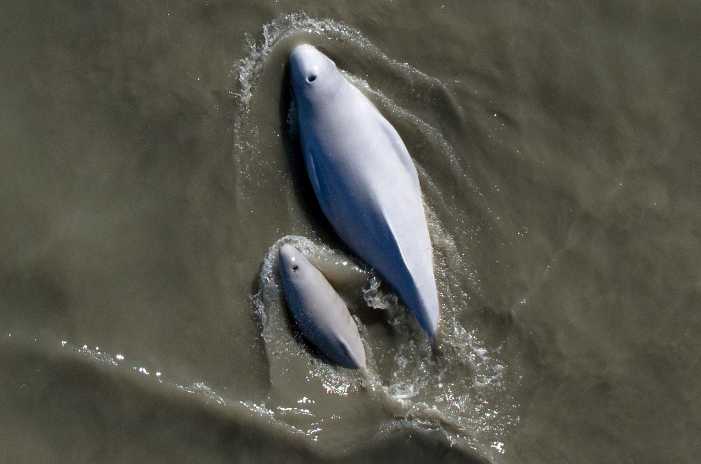
(Juneau) – The Alaska Department of Fish and Game announced last week that they will be conducting a study of set net harvest selectivity for sockeye and king salmon in Upper Cook Inlet. This study will take place along the Kenai Peninsula in the Upper Subdistrict of Cook Inlet at a set net site located approximately one mile south of the mouth of the Kenai River beginning July 8 and continuing until August 10.
King salmon of Cook Inlet origin, particularly late-run king salmon bound to the Kenai River, have been at historic low levels of abundance in recent years. In accordance with 5 AAC 21.359 Kenai River LateRun Management Plan managing to obtain the established escapement objectives has resulted in significant restrictions and closures in many fisheries that harvest these fish.
On March 2, 2023, the Department issued Emergency Order 2-KS-1-11-23 closing the Kenai River drainage to fishing for king salmon effective 12:01 a.m. Saturday, July 1, 2023. In compliance with the Kenai River Late-Run King Management Plan which states that if the projected late-run large king salmon escapement is less than 15,000 fish, the department also closed the commercial set gillnet fishery in the Upper Subdistrict.
These actions are highly controversial and will be discussed next February at a meeting of the Alaska Board of Fisheries. To inform these discussions the Department has contracted with internationally renowned Kintama Research of Nanaimo, British Columbia, to run a test fishery using set nets modified to keep the net further off the bottom to advance the development of selective harvest strategies that may allow for the harvest of abundant sockeye while reducing the harvest of a weaker stock of chinook.
“If new net design works as the science says it should, this could be the successful way forward to allow an economic yield from the harvestable surplus of sockeye while ensuring chinook conservation benefitting the fish populations and the sport anglers, commercial, and personal use fishers.” Kintama Research Founder David Welch.
Simply put the select harvest method may allow for a harvest of sockeye while allowing the Chinook to swim below the bottoms of the nets uninterrupted on their journey to the spawning grounds.
“This is only the first step in a possible three-year pilot program, that if successful, solves a decades long struggle with a win-win for the resource and all the user groups as well.” Said ADF&G Commissioner Doug Vincent-Lang. “But make no mistake, at ADF&G conservation is paramount. We will be watching closely with fingers crossed.”
A second aspect of this study will be focused on developing fish tracking techniques using telemetry that will aid in describing the way king salmon traverse the near shore marine waters of the Upper Subdistrict.
The nets will be independently monitored while in place, fish harvested will be sold with the proceeds going into the Alaska Department of Fish and Game test fish fund. The preliminary results of this study will be announced after the field season is complete.
###[content id=”79272″]








